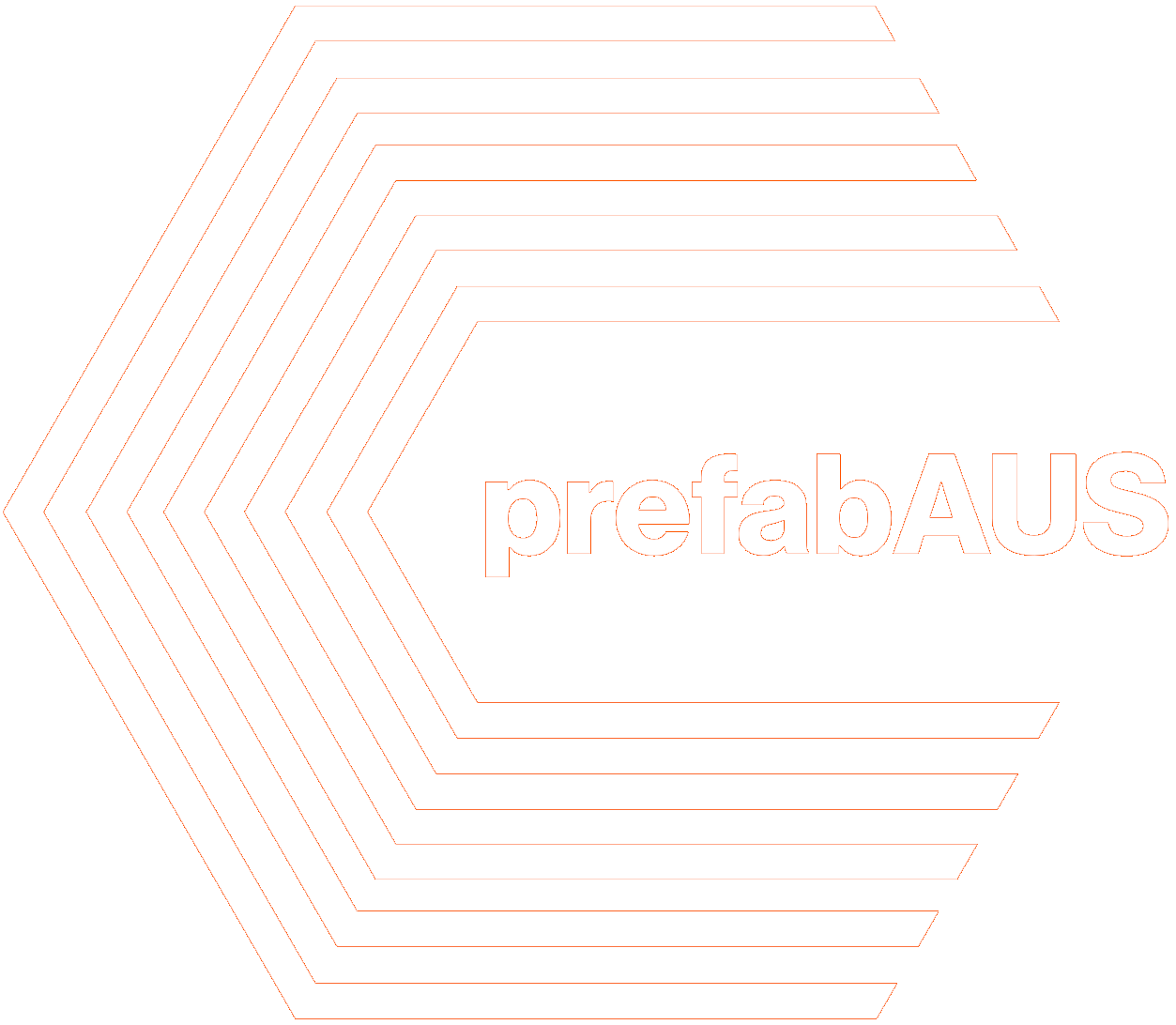What is Prefab
Prefab is short for prefabrication.
It refers to any part of a building that has been fabricated at a place other than its final location. For this reason, it can be referred to by other names such as off-site fabrication, off-site construction or off-site manufacture.
Prefabrication is an ‘umbrella’ term and it covers a range of different systems and processes. These will include structural, architectural and services elements.
Why Prefab?
21st century construction technologies are helping us transform the way we build by:
- creating high quality, innovative buildings
- increasing efficiency, precision, productivity and affordability
- decreasing time frames and costs
- reducing construction waste
- embracing new technologies
- advancing the Australian manufacturing sector
How does Prefab help us achieve this?
Speed – The off-site fabrication process can take place in the factory, in parallel to site preparation activities. This can reduce the overall construction period of a project significantly.
Safety – Health and safety is easier to control in a factory, for example most of the work can be conducted at waist height, and workers know the machinery and systems of the factory.
Sustainability – Minimum site disturbance, tightly managed material flow and construction waste, and pre-planned assembly and disassembly can reduce the environmental impact of construction.
Quality – A predetermined quality can be achieved in a factory controlled process, and the indoor environment means buildings and components are protected from climate extremes and vandalism.
Clean - On-site wet trades can be minimised or eliminated as elements are pre-formed, pre-poured or pre-applied in the factory context.
Technology – The interface between emerging computer-aided design technologies and fabrication technologies is set to revolutionise construction
Value – Faster time to occupation can generate income for clients earlier and lead to lower site overheads due to less time on site.
Certainty – There is greater cost certainty due to minimal weather delays, plus there is an earlier design freeze due to requirements of the manufacturing process.
Skills – In communities with a shortage of skilled trade labour, the prefabricated building production line can be organised to employ less skilled labour, working under supervision.
Types of Prefab
There are two main families of prefab systems, 2D prefab and 3D prefab. These systems can be used on their own, used as hybrids with each other, or used in conjunction with traditional construction approaches.
The possibilities are infinite.
2D prefab
Components – Components are pre-cut, pre-sized, pre-moulded or pre-shaped elements that are assembled or installed on site.
Panels – Panelised, or non-volumetric systems, arrive on site ready for assembly. They might form the building envelope, stair cores, internal load bearing walls or lighter partitions. They might be open or closed panel systems, precast concrete panels or other panel types, all created through a range of advanced off-site manufacturing technologies.
Some of the key advantages of 2D prefab are:
- Components and panels of all kinds facilitate transport and delivery;
- It lends itself to mass customisation - a ‘family’ of elements can be composed in various ways;
- The configuration options are infinite, combined with speed of assembly.
- These 2D elements might be structural elements, architectural elements or services elements, or they may be a hybrid of these.
3D prefab
Modular – Modular, sectional, volumetric or unitised systems are 3-dimensional structural units which are combined at site with other units or systems, or might comprise an entire small building.
Pods - Pods are generally not structural modules, such as bathroom or kitchen pods.
Some of the key advantages of 3D prefab are:
- Modular is a fast way to build. Modules can be manufactured concurrent with site preparation, and can arrive on site almost complete;
- Individual modules can be joined to create larger spaces;
- Modular systems are increasingly demonstrating their ability to go multi-level.
- These 3D elements might be structural elements, architectural elements or services elements, or they may be a hybrid of these.

